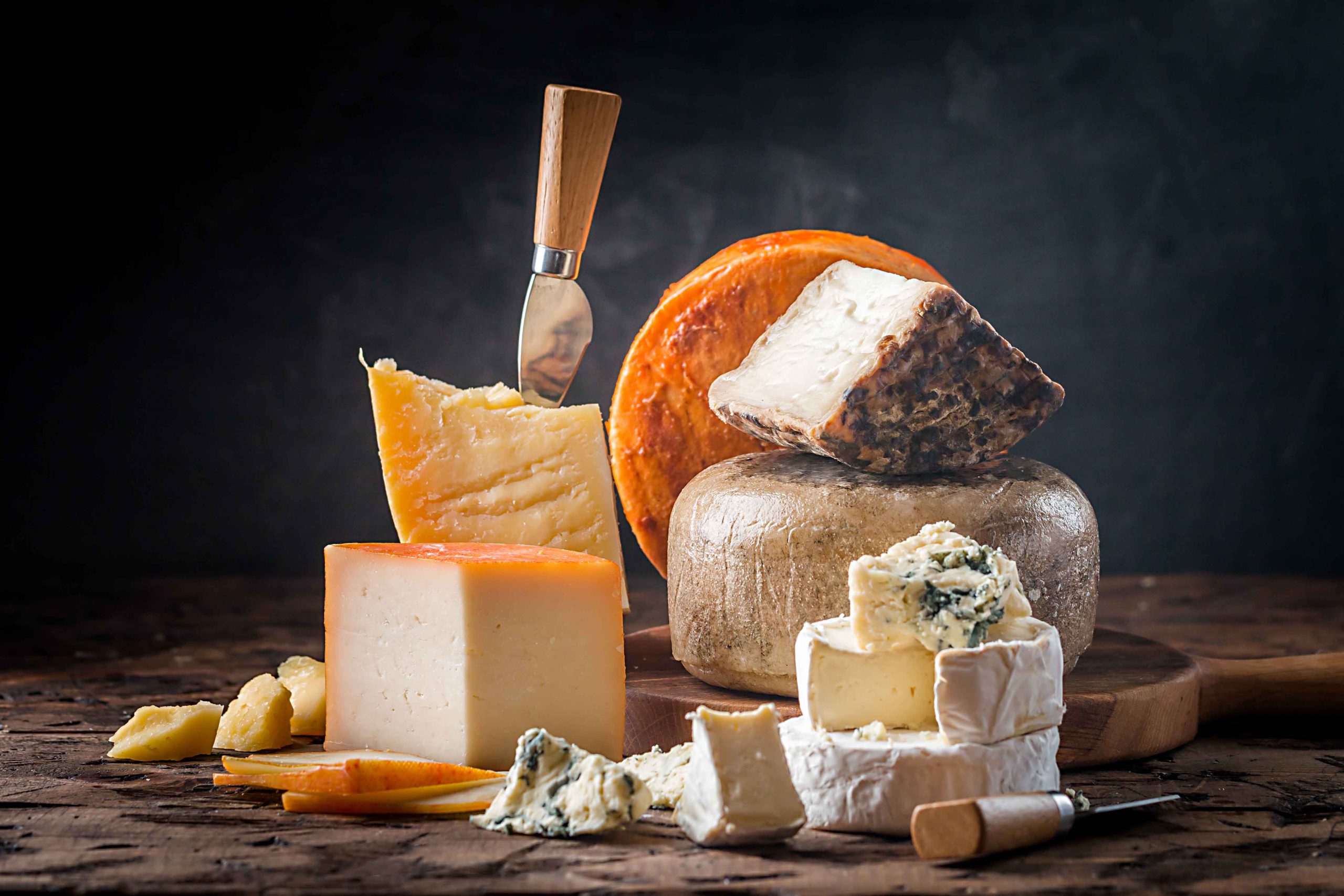
Why and how to test your tolerance to Lactose with our FODMAP Testing Kit…
Why and how to test your tolerance to Lactose with our FODMAP Testing Kit…
Lactose is the name of the sugar naturally found in milk and products made from milk.
When we eat food containing lactose, our body breaks it down using an enzyme called lactase. However, not everyone has enough lactase to break down the amount of lactose they consume. The remaining lactose instead gets broken down by the bacteria in the gut, producing gases. A build-up of these gases can lead to uncomfortable symptoms like bloating and abdominal pain.
Lactose is also a small molecule, which means that along its journey through the small intestine, it can have an osmotic effect (drawing water into the intestine). This excess water can increase how quickly everything moves through the gut. This can even result in diarrhea if too much water gets drawn into the gut.
The fact that levels of lactase vary so much from person to person means that it is important to get an understanding of your individual tolerance level. You can achieve this by performing a Lactose Challenge with your FoodMarble AIRE device. If you have already done a Lactose Challenge and recorded high fermentation and symptoms, you could consider trying a Custom Challenge but using a much lower dose of lactose.
In order to look at what Lactose Challenge results can tell you, we have chosen a number of results from users to look at. They each experienced completely different responses to one another, but all are just as important. Each user consumed 25g of lactose – this is approximately equal to 500ml / 17 fl. oz. of milk (depending on the brand).
Finding the foods that are absorbed well and don’t cause symptoms for you is important so that you can avoid unnecessary elimination of foods.
The final result for this challenge was 0 out of 10 and since they didn’t experience any uncomfortable digestive symptoms, dairy is unlikely to be a problem for this person.
Since dairy products are an important source of calcium and vitamin D and are quite often fortified with important nutrients like folic acid, in this case, we’d encourage them to include dairy in their diet.

The final result for this challenge was 3.8 out of 10. You can see from the graph that the full portion of lactose was not completely absorbed. This is demonstrated by the increase in hydrogen production (120 min). However, the level of hydrogen returned close to baseline by the end of the test.
The gut microbes present in their gut were able to break down the remaining undigested lactose, resulting in a medium level of gas production. They also didn’t experience any symptoms, so it’s likely that this person can tolerate some dairy products in their diet. We would suggest that this person takes further breath readings after eating dairy products to get more data on their tolerance levels. As varied a diet as possible is always recommended.
The final result for this challenge was 9.6 out of 10. You can see from the graph that the level of hydrogen production was quite rapid, increasing from a fermentation score of less than one to a fermentation score of 7.6 within the space of 15 minutes and remained high for the remainder of the test.
The user also experienced significant bloating and abdominal pain. Our recommendation for this user was to avoid large amounts of lactose in one go. However, it turns out that they are a big fan of ice cream, so we suggested that they do a Custom Challenge using one scoop of ice cream, which is less than 5g of lactose, to see if they could handle that. They had low-medium levels of hydrogen and some mild bloating, but no pain. They were happy that they figured out a portion that they could tolerate without very uncomfortable digestive symptoms.
For clarification again, since you do the challenges in a fasting state, you’re much less likely to have symptoms. This means that if you get no symptoms, but you do get a high breath score, you probably want to avoid large amounts of what you tested in day-to-day life.
Even if you do get a high fermentation score from lactose, that doesn’t mean all dairy products are out for you. Surprisingly, lots of dairy products are naturally low in lactose (e.g. butter, aged cheeses like cheddar, blue cheese, and parmesan). It is always important to check the nutritional label. The figure for “Carbohydrates, of which sugars” equals the amount of lactose in the dairy product.
Would you like to fast-track your road to digestive health and comfort with the use of the FoodMarble AIRE and FODMAP Testing Kit? If are struggling to find your foods why not check out how FoodMarble can help you and your gut.

PhD Microbiologist
Be the first to discover our latest articles, tips, and recipes
